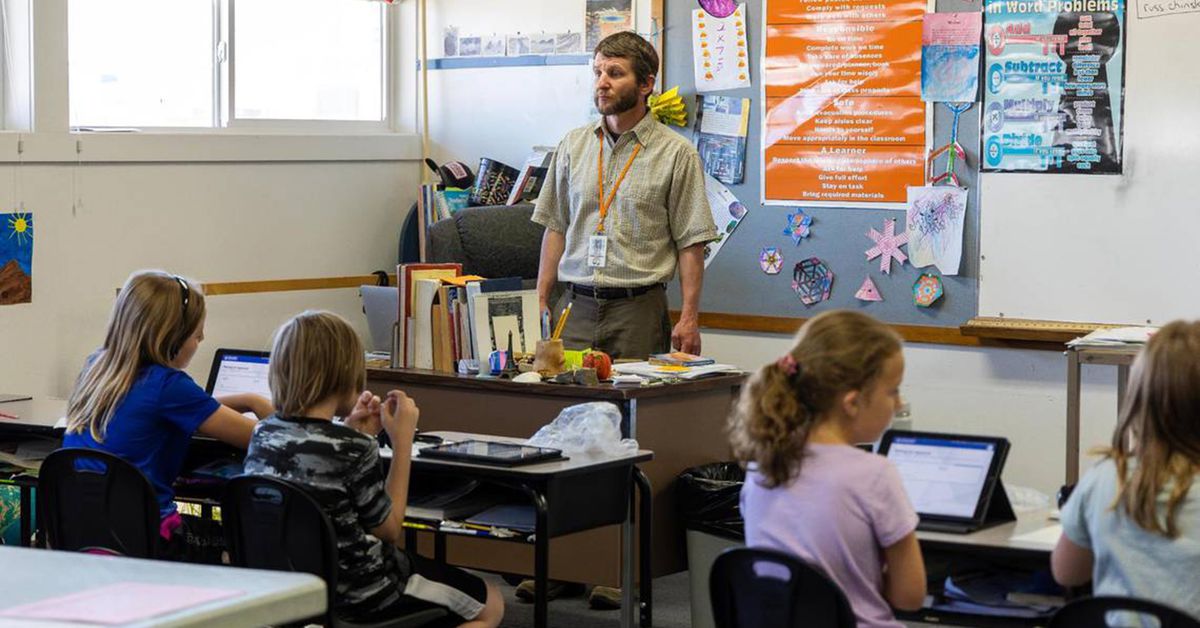- cross-posted to:
- [email protected]
- cross-posted to:
- [email protected]
Seventy years after the Brown decision, many students are divided by their race and socioeconomic status.
Friday marks the 70th anniversary of the landmark Brown v. Board of Education decision, in which the Supreme Court ruled that the “separate but equal” schools for racial minorities were inherently unequal and unconstitutional.
But so many years after the watershed ruling, new research confirms a startling trend: School segregation has been getting steadily worse over the last three decades.
Researchers at Stanford University and the University of Southern California found that racial segregation in the country’s 100 biggest school districts, which serve the most students of color, has increased by 64 percent since 1988. Economic segregation, or the division between students who receive free or reduced lunch and those who do not, increased by 50 percent since 1991.
The study primarily focused on white-Black segregation, the groups that the Brown decision addressed, but found that white-Hispanic and white-Asian segregation both also more than doubled since the late 1980s in the large school districts.
…
The orders had a huge impact, but by the early ’90s, districts were released from the mandates after a series of cases that gave districts local control.
The new research shows that within five to eight years of districts being released from mandates, segregation increased. Since 1991, about two-thirds of school districts that were required to meet court desegregation mandates were removed from court oversight.



School segregation got reinvented under many other names, including “redlining” and “public housing” and “urban renewal.”
The folks in power have numerous strategies available to keep people in their place, as it were.
In addition to the intentional actions, there is a general trend for people who are alike live in clise proximity and school attendance is based on residential location. This happens both by people (in general) wanting to be near similar people and farther from people that aren’t similar both in physical and economic statuses.
The intentional decisons on school boundaries, achool choice, and other intentional segregation is easier with that as a base trend.
This is everywhere in the modern world. There’s got to be a word for it, I’m just unaware of the descriptive word for it myself.
This is the same everywhere. “Solitary confinement” has been redefined as “Restrictive Housing” and “Administrative Segregation.”
Just name it something else! Poof, all your accountability is gone because none of your paperwork references “solitary confinement” anymore! Now that it’s renamed you’re totally not doing it even though it is literally the same set of actions with a new, “friendlier” name.
It’s 100% like Trump saying “if we’d stop testing, we’d have fewer cases.”
The euphemistic treadmill?
Sounds like a title for an interesting album/book.